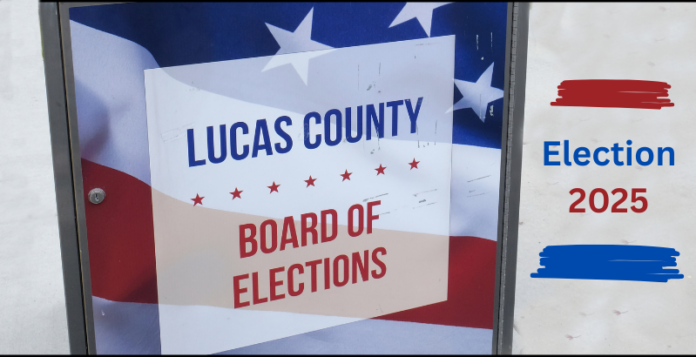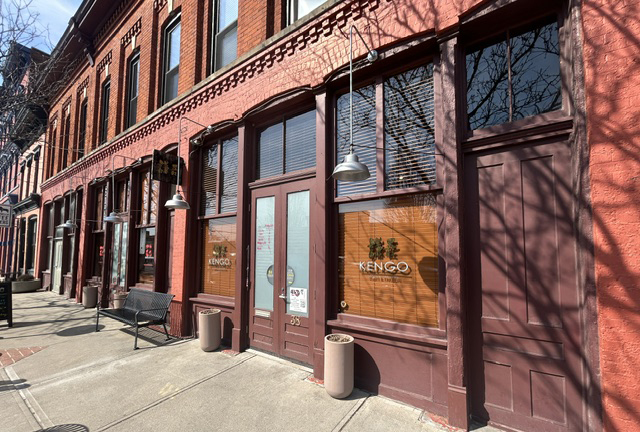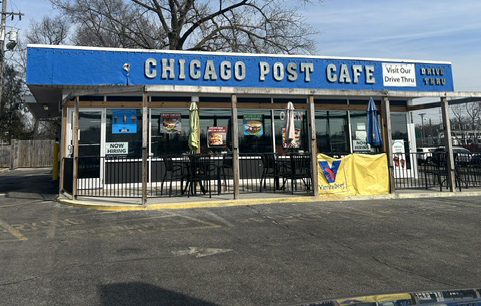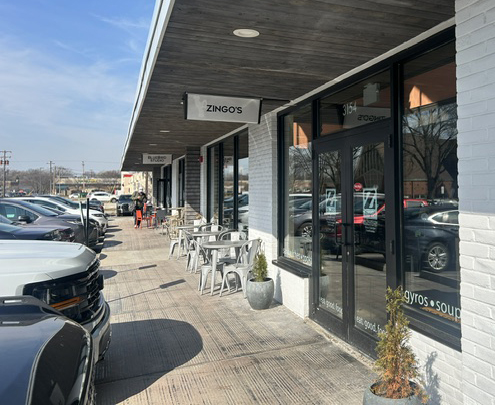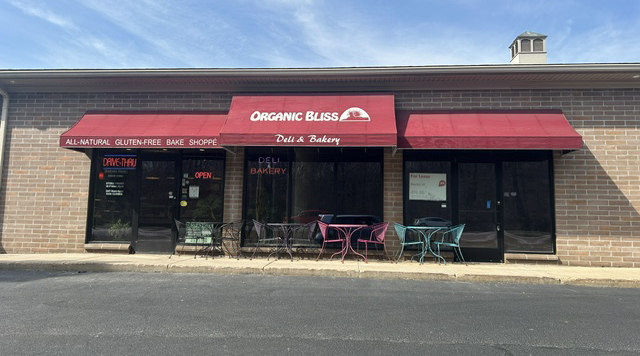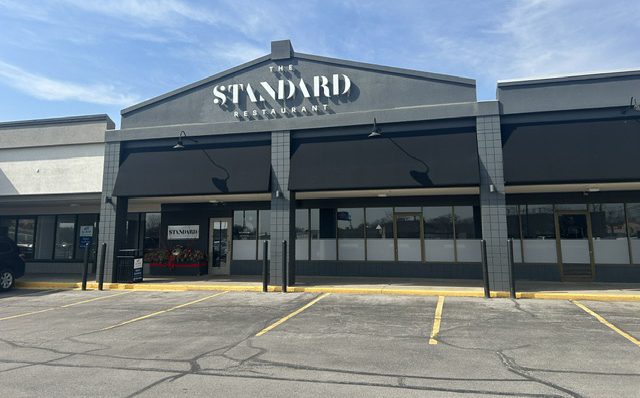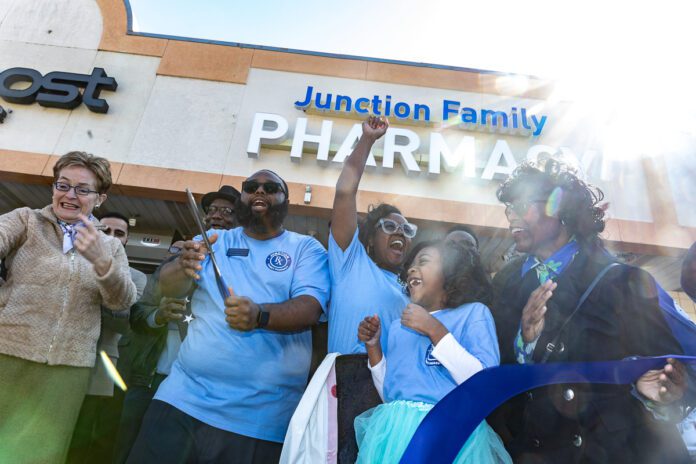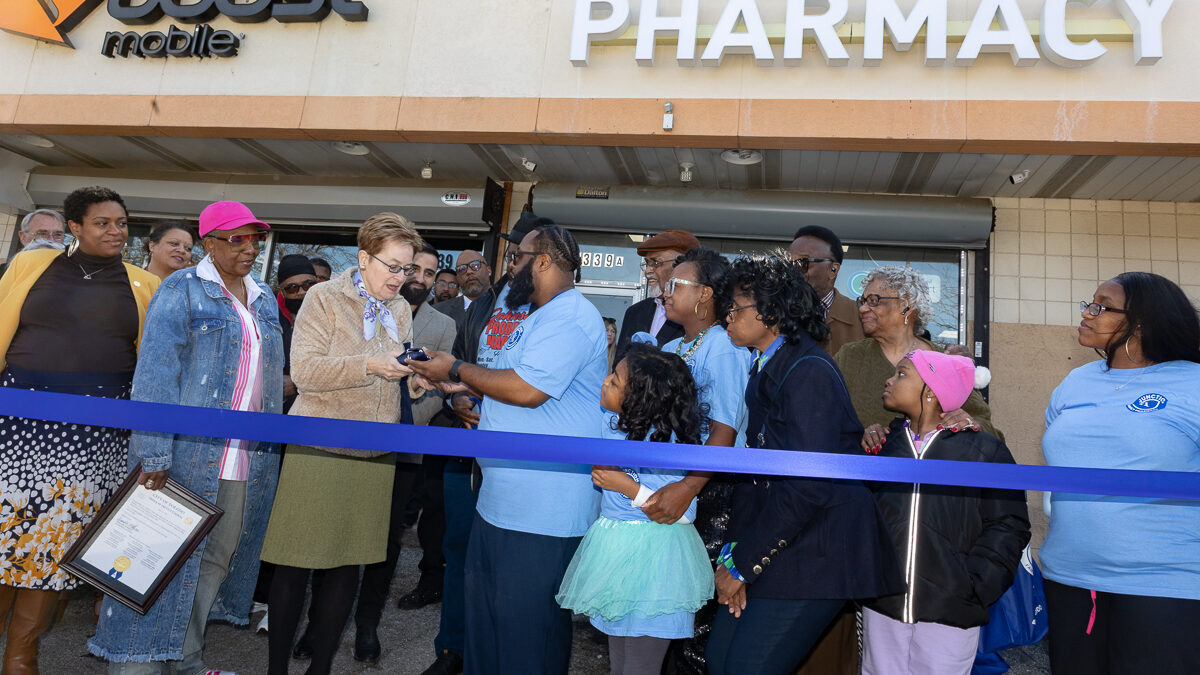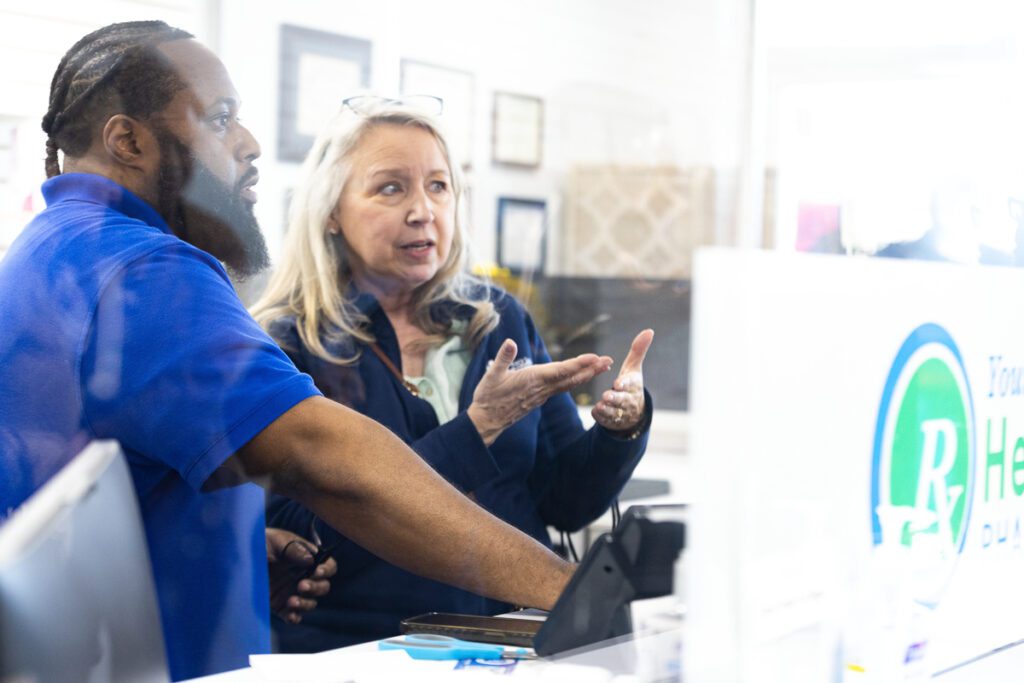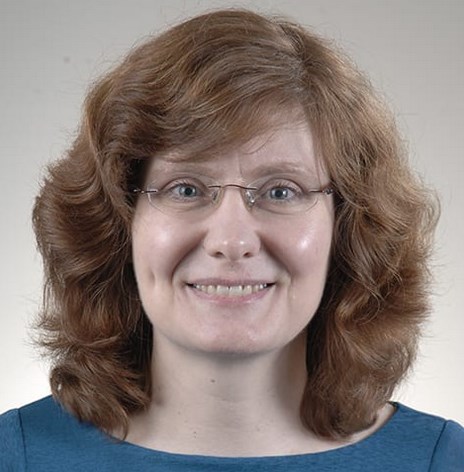BOWLING GREEN – The Bowling Green State University (BGSU) Marching Band made school history when it traveled to Dublin, Ireland this month to perform in the National St. Patrick’s Day Festival Parade on March 17.
The self-funded trip was the largest international trip any group from the university has ever taken.
Of BGSU’s record 425 members, 300 students, faculty and staff made the trek to perform in the two-mile long parade throughout Ireland’s capital city, which was attended by one million people from countries all over the world, including prominent figures like Prince William and Duchess Kate.
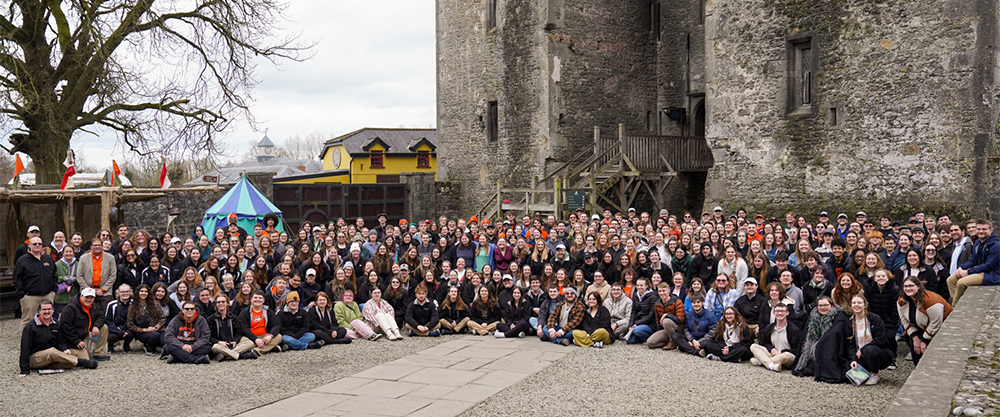
The Falcon marching band, recently recognized as one of the nation’s standout college bands by U.S. News & World Report, was only one of three college bands to perform, and one of 4,000 parade participants.
The trip was not only an opportunity to showcase BGSU’s music program, it was also an educational cultural immersion.
Adventure, or Eachtraí in Gaelic, was the theme of this year’s parade.
The band played several songs as they marched through the streets of Dublin, including Stars and Stripes Forever, Shipping Up To Boston and London Dairy Air.

“It was so different. You can’t compare it to anything we’ve ever done … being able to march down and hear however many people chanting ‘BGSU’ with us,” exclaimed trombone player Jonothan Outrich.
Piccolo player Amanda Reed added that some in the crowd were even repeating the band’s cry of “Beat Toledo!”
“To see the joy that music brings to people in a live situation like that was really great and certainly affirming to what we do as musicians,” said BGSU band director Jon Waters.
Waters explained that the band was invited to perform by the parade committee, though they were not the only marching band performing.
“It was a proud moment for me that our band got to show itself, show our great university to so many people across the pond,” Waters said.
The trip not only broke the travel record, the BGSU band also made history by being the first-ever group to perform outside on the grounds of Saint Patrick’s Cathedral in Dublin.
“It was just a beautiful sunny day, and we have a saying with the Falcon Marching Band that ‘the sun always shines on the Falcon Marching Band,’” Waters said.
The band also played in a smaller parade in Celbridge, Ireland, but performing wasn’t all the group did on their trip.

Piccolo player Madison Allman said her favorite part was touring the Blarney Castle and kissing the Blarney Stone.
“Getting to explore that whole area, I wish we would have had a full day there. There was so much to see and do. It was so beautiful,” said Allman, who was lucky enough to celebrate her 21st birthday in Ireland.
While other sightseeing adventures included the Cliffs of Moher and the Epic Museum, Outrich said he most enjoyed just being in the country.
“I had the most fun and the most real experiences just walking down the streets of all the cities we went; walking down Dublin and being able to see street performers, and the shops and authentic Irish things. Those were really cool experiences that you don’t get just by reading or looking at it online,” Outrich said.
Students who went were required to take a two-credit hour class about Irish history and culture, in addition to their rehearsals for the parade.
To see a clip of BGSU’s performance at the parade, click here.



